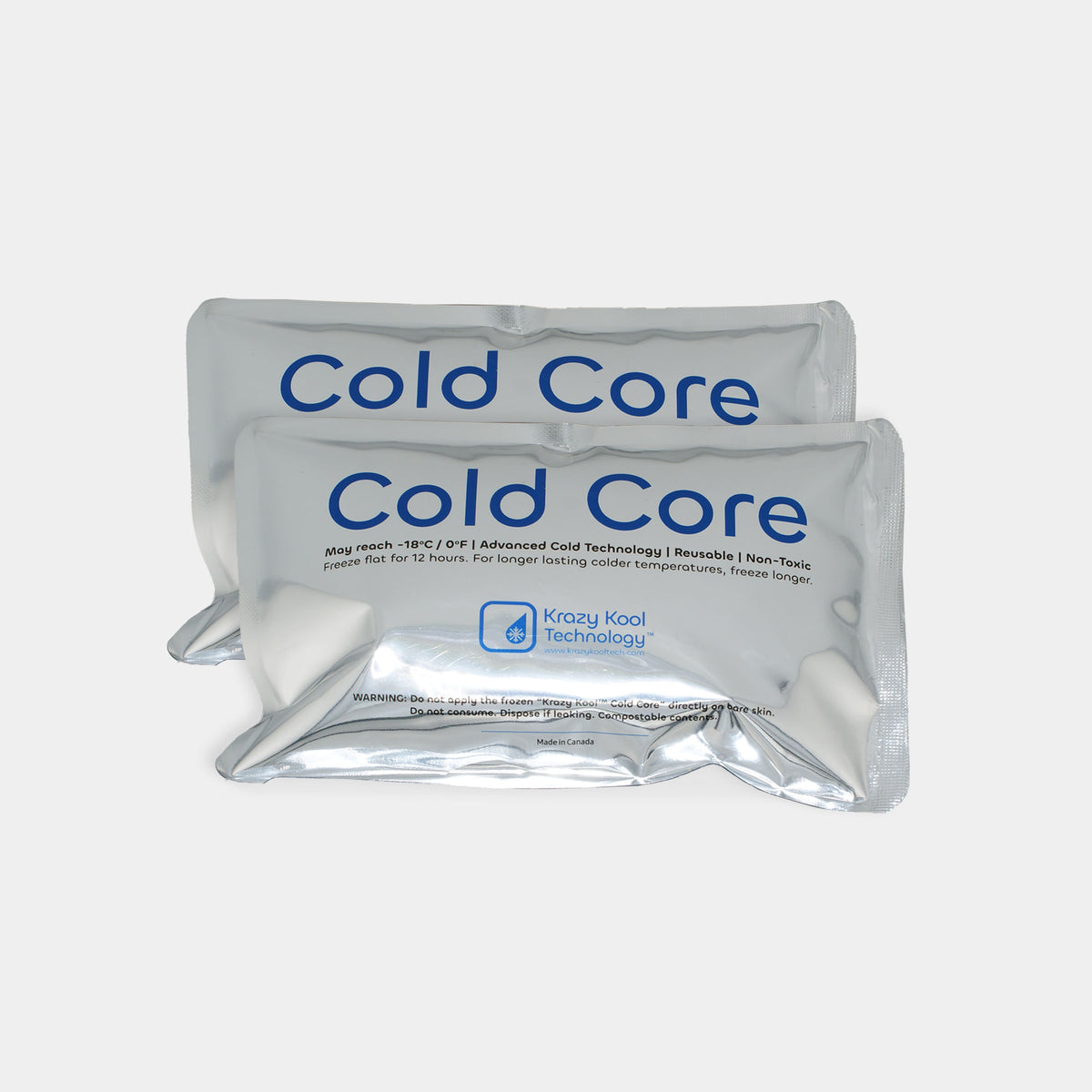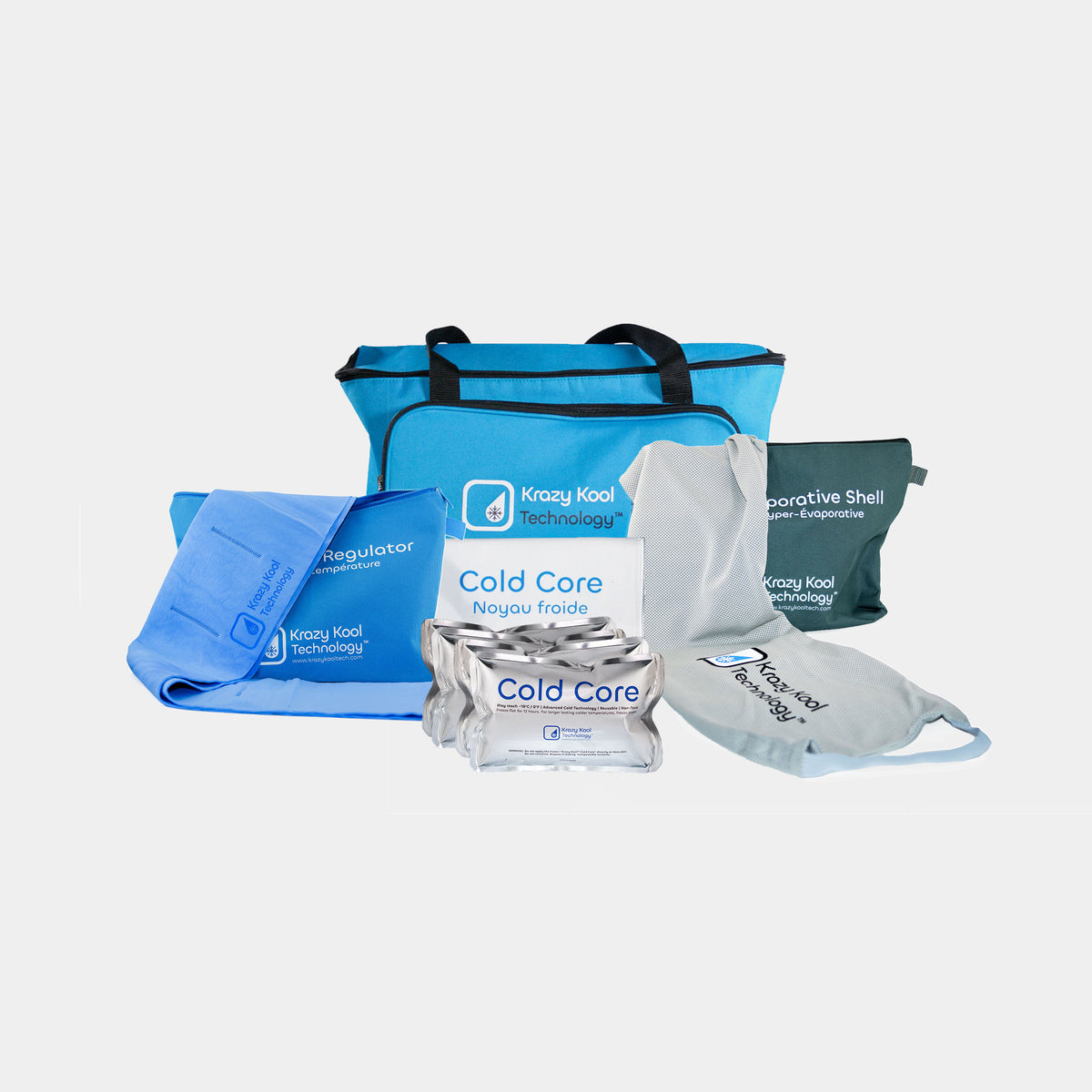Obesity and Our World
In 2022, the World Health Organization (WHO) reported that 1 in 8 people globally are obese with 43% of adults classified as overweight. Since 1990, worldwide adult obesity has more than doubled, and adolescent obesity has quadrupled. Over 45% of Americans and 30% Canadians are considered obese. Being overweight significantly impairs the body's ability to regulate its temperature, making heat stroke a greater threat.
Why Excess Weight is a Heat Trap
A larger body mass generates more internal heat at rest and when active. The larger body mass results in increased metabolic heat production. Insulating adipose tissue builds up heat faster and limits cooling with less skin to mass ratio to radiate heat away from the body’s core. Adipose tissue can impair sweat production, evaporation and limit cooling. The compound effect places increased demand on the heart and lungs to supply blood to a larger body mass, exacerbating the strain during hot conditions, increasing the risks of heat stroke.
Increased Metabolic Heat Production: A larger body mass typically means a higher basal metabolic rate, which generates more internal heat at rest. When combined with external heat, this adds to the body's heat burden.
Insulation of Adipose Tissue: Fat (adipose) tissue acts as an insulator. This insulation traps heat within the body in hot environments, making it harder for heat to dissipate from the core to the skin's surface where it can be released.
Reduced Surface Area to Mass Ratio: Overweight and obese individuals have a smaller surface area-to-mass ratio compared to leaner individuals. This means less skin surface is available relative to their total body volume to radiate heat away.
Impaired Sweat Production and Evaporation: Skin folds can trap sweat, hindering evaporation, and the insulating fat layer can prevent the cooling effect from reaching the body's core.
Higher Cardiovascular Strain: As discussed, the heart has to work harder in the heat. For someone who is overweight or obese, the cardiovascular system is already under increased demand to supply blood to a larger body mass, exacerbating the strain during hot conditions. This directly compounds the risks for those also managing hypertension.

The Deadly Combination: Excess Weight and High Blood Pressure
When high blood pressure and excess weight combine, the risks of heat stroke multiply. The heart is already strained by hypertension, and the body's cooling mechanisms are impaired by excess insulation and potentially compromised sweating. This creates a dangerous scenario where the body can rapidly overheat.
1) Rapid Progression to Heat Stroke: the body's inability to effectively dissipate heat means it can quickly transition from heat exhaustion to the life-threatening stage of heat stroke.
2) Increased Risk of Organ Damage: prolonged high body temperature (hyperthermia) can damage vital organs like the brain, heart, kidneys, and liver. For individuals with pre-existing conditions like hypertension, these organs may already be more susceptible to damage.
3) Exacerbated Cardiovascular Events: the severe stress of heat stroke can trigger heart attacks, strokes, and kidney failure, with dire consequences for those already at risk due to hypertension and associated health issues.
The confluence of high blood pressure and excess weight creates a formidable challenge in hot weather. By understanding these amplified risks and implementing a robust prevention and cooling strategy, we can empower ourselves and our communities to stay safe and healthy, even as the mercury rises.












0 comments